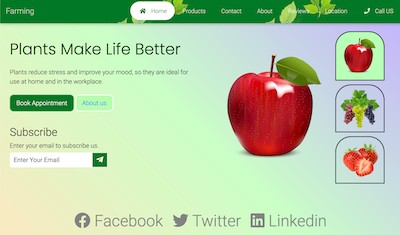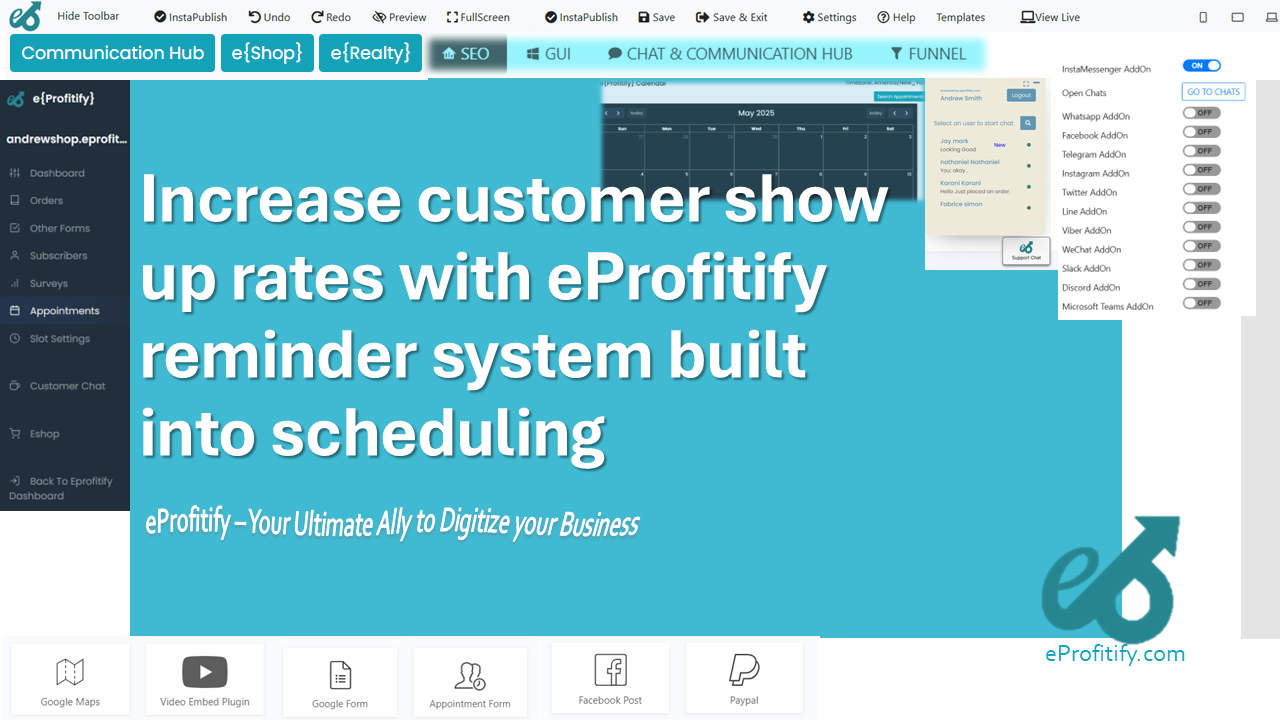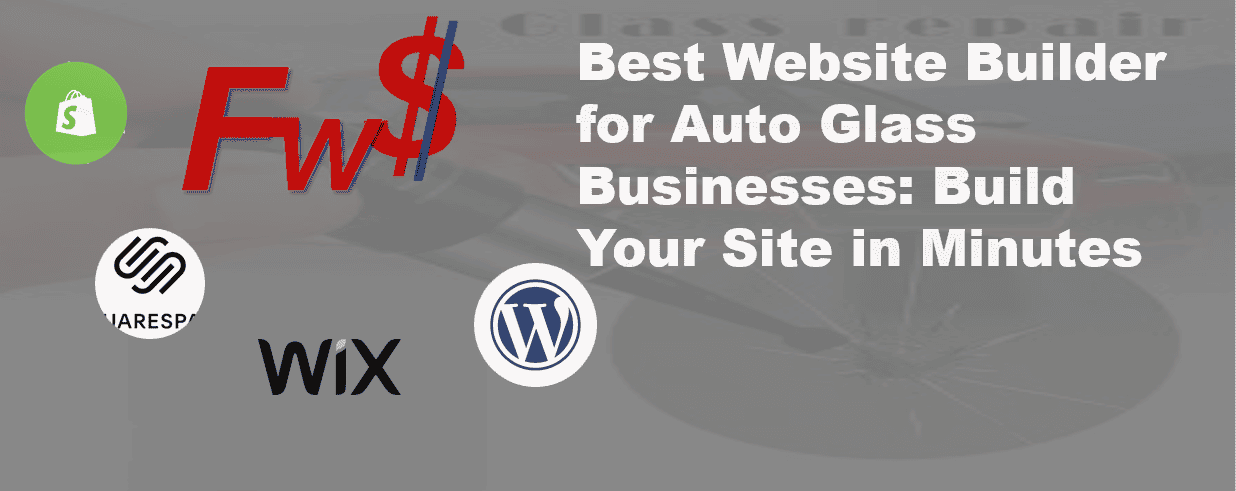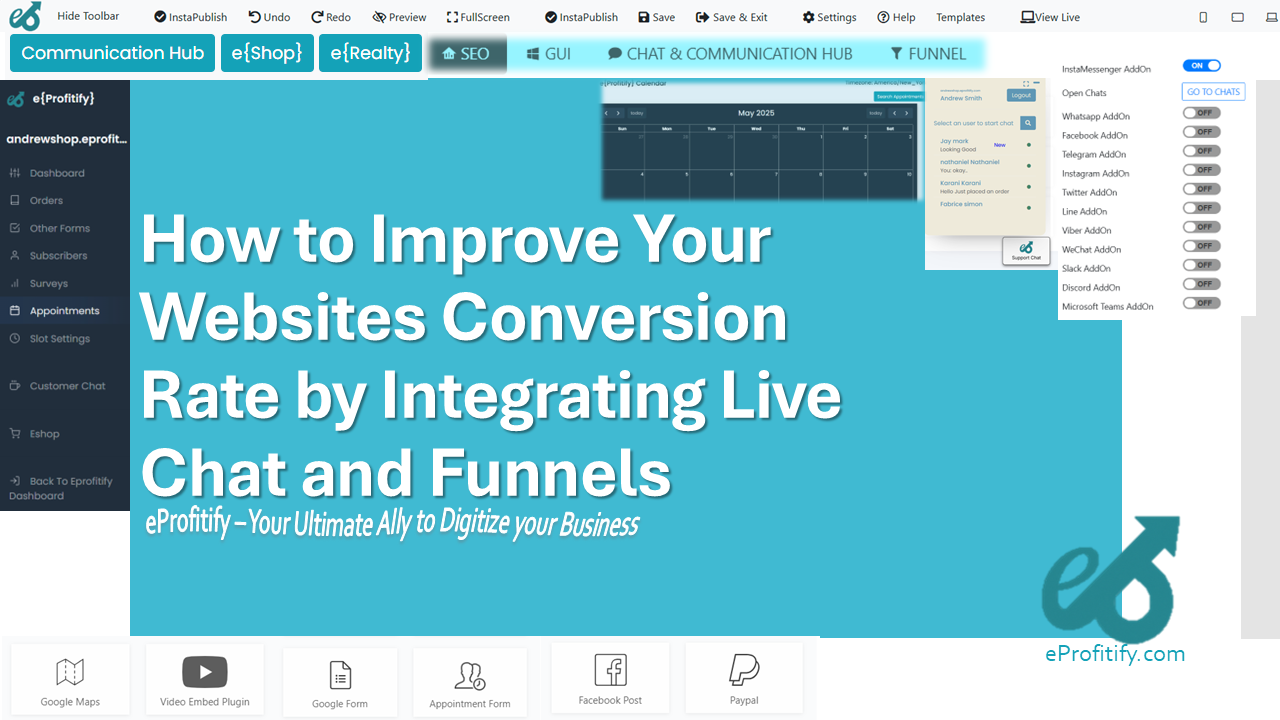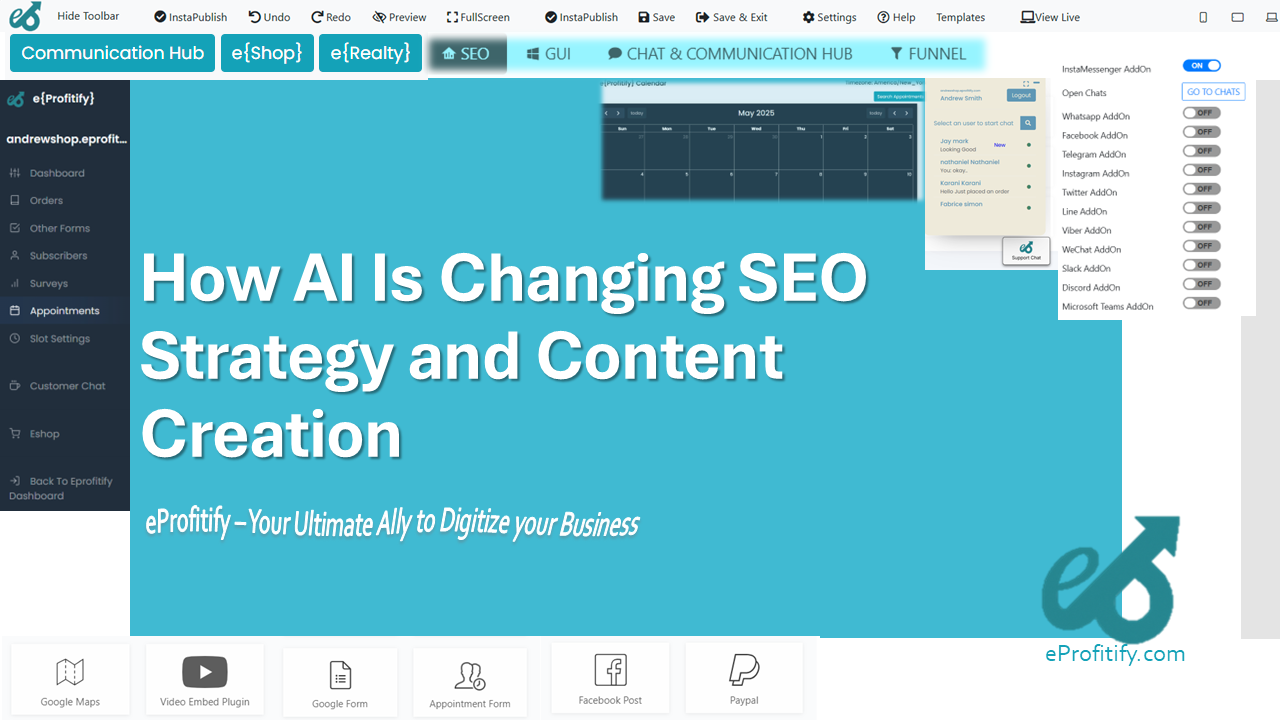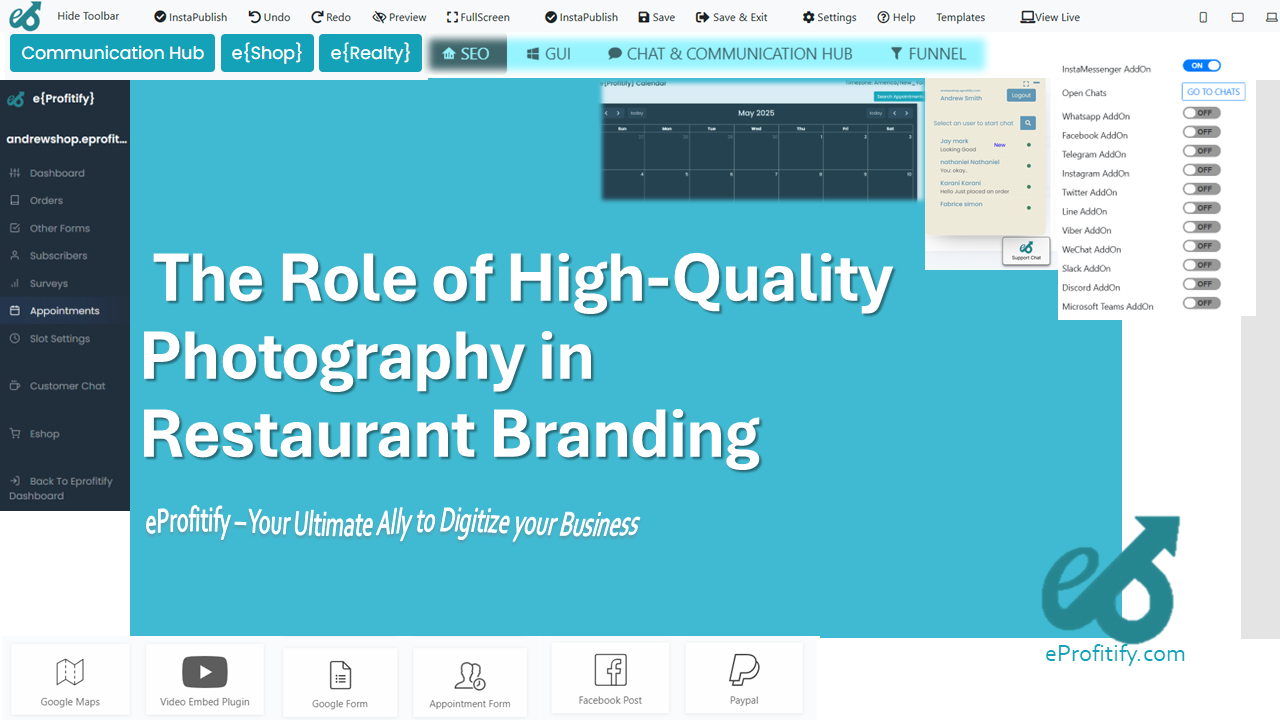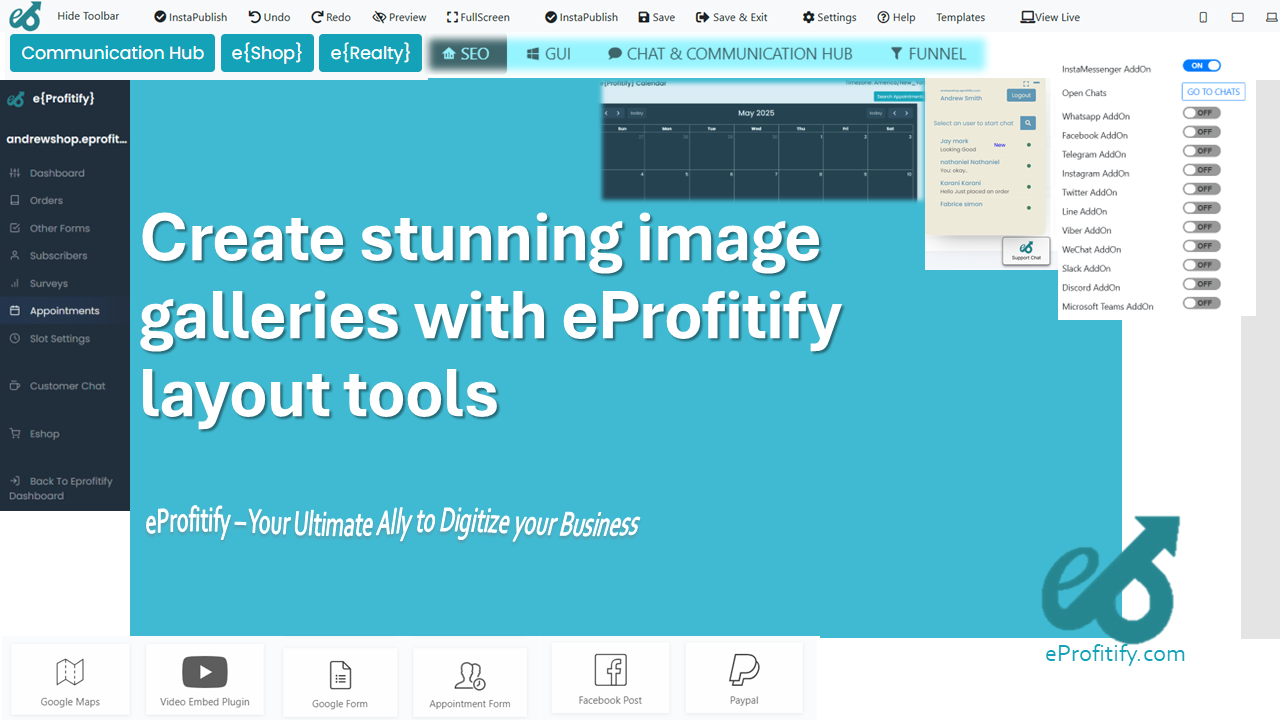eDocuflow vs DocuSign What Entrepreneurs Should Know
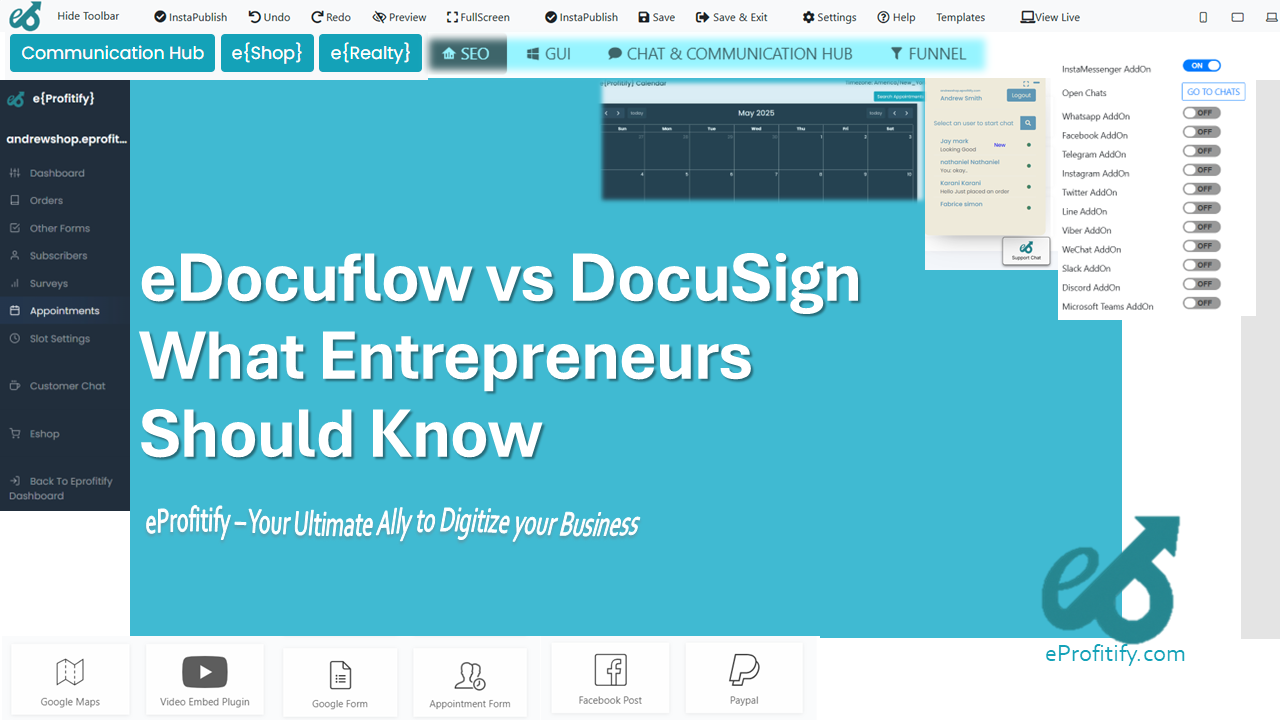
Schedule a LIVE Zoom call with an eProfitify Expert.
In today’s fast-paced digital landscape, entrepreneurs are increasingly relying on tools that streamline operations, enhance efficiency, and reduce manual workloads. Two platforms critical to modern business workflows are eDocuFlow and DocuSign, which specialize in electronic signatures and document management. Alongside these, integrated solutions like eProfitify—a comprehensive website publishing and management platform—play a vital role in creating a cohesive digital ecosystem. Here’s what business owners need to know about these tools and their impact on growth.
eDocuFlow vs. DocuSign: Core Offerings
eDocuFlow
eDocuFlow is a dynamic document management platform designed for small to mid-sized businesses. Beyond basic e-signature capabilities, it offers end-to-end workflow automation, including document creation, collaborative editing, template libraries, and audit trails. Its strength lies in customizability, enabling businesses to tailor approvals, notifications, and compliance checks to their specific needs. Additionally, eDocuFlow integrates with cloud storage services like Google Drive and Dropbox, making it ideal for teams prioritizing flexibility and process automation.
DocuSign
As a market leader in e-signature solutions, DocuSign boasts over 1.2 million paid users and serves more than 1 billion customers globally. Known for its user-friendly interface and robust security, it supports complex legal and financial agreements. DocuSign’s “Agreement Cloud” extends its functionality to include analytics, AI-driven contract analysis, and integrations with over 400 apps like Salesforce, Microsoft 365, and Slack. Its global compliance certifications (GDPR, HIPAA) make it a preferred choice for enterprises and regulated industries.
Key Differences
-
Scope of Services
While DocuSign excels in e-signatures and scalable enterprise solutions, eDocuFlow focuses on end-to-end document workflows. Entrepreneurs needing advanced automation for internal processes may prefer eDocuFlow, whereas those prioritizing legal compliance and third-party integrations might lean toward DocuSign. -
Pricing
DocuSign’s pricing tiers start at $10/month for basic features, scaling to custom enterprise plans. eDocuFlow offers subscription models starting at $15/month, with discounts for annual billing. Both offer free trials, but eDocuFlow’s mid-tier plans include more workflow tools at lower costs compared to DocuSign’s premium tiers. -
User Experience
DocuSign’s interface is polished and intuitive, catering to non-technical users. eDocuFlow, while slightly more complex, provides granular control over document routing and approvals, appealing to process-driven teams.
Market Trends and Statistics
- The global e-signature market, valued at $4.14 billion in 2022, is projected to reach $14.1 billion by 2027, growing at a CAGR of 27.8% (MarketsandMarkets).
- Organizations using e-signature solutions report a 96% reduction in document processing time (Gartner).
- Over 60% of businesses now integrate document management tools with CRM or project management systems to reduce silos (Forrester).
These figures underscore the importance of adopting digital solutions that align with broader business strategies.
eProfitify: Enhancing Digital Infrastructure
While eDocuFlow and DocuSign optimize document handling, entrepreneurs must also prioritize their online presence and customer engagement. eProfitify emerges as a leading website publishing and management platform, offering tools that synergize with document workflows:
- Unified CRM: Centralize customer interactions, track sales pipelines, and automate follow-ups, improving retention rates by up to 34% (Salesforce).
- Instant Messaging: Facilitate real-time communication with team members and clients, reducing email clutter.
- Appointment Management: Sync calendars, send reminders, and integrate bookings with CRM data.
- Ecommerce Integration: Launch storefronts with inventory tracking, payment gateways, and SEO tools.
- Analytics Dashboard: Monitor website traffic, sales performance, and campaign ROI in one place.
eProfitify’s ability to merge website management with operational tools makes it invaluable for entrepreneurs seeking an all-in-one platform. When paired with eDocuFlow or DocuSign, businesses can automate document workflows while managing customer journeys, marketing, and sales from a single dashboard.
Strategic Integration for Entrepreneurs
A bakery owner, for example, could use eDocuFlow to automate supplier contracts and employee onboarding, while eProfitify manages online orders, customer queries via instant messaging, and loyalty programs through its CRM. Similarly, a consulting firm might rely on DocuSign for client agreements and pair it with eProfitify’s appointment system to schedule sessions and process payments seamlessly.
Conclusion
Choosing between eDocuFlow and DocuSign hinges on business size, compliance needs, and workflow complexity. DocuSign suits enterprises requiring globally recognized e-signatures, while eDocuFlow offers SMBs deeper workflow customization. However, neither operates in isolation. Tools like eProfitify bridge gaps by unifying web presence, customer management, and commerce—driving efficiency in an era where 47% of businesses credit integrated software with boosting productivity (McKinsey).
For entrepreneurs, the goal is clear: adopt specialized tools for document management and pair them with platforms like eProfitify to build a scalable, interconnected digital foundation. This approach not only streamlines operations but also positions businesses to thrive in a competitive, fast-evolving market.
